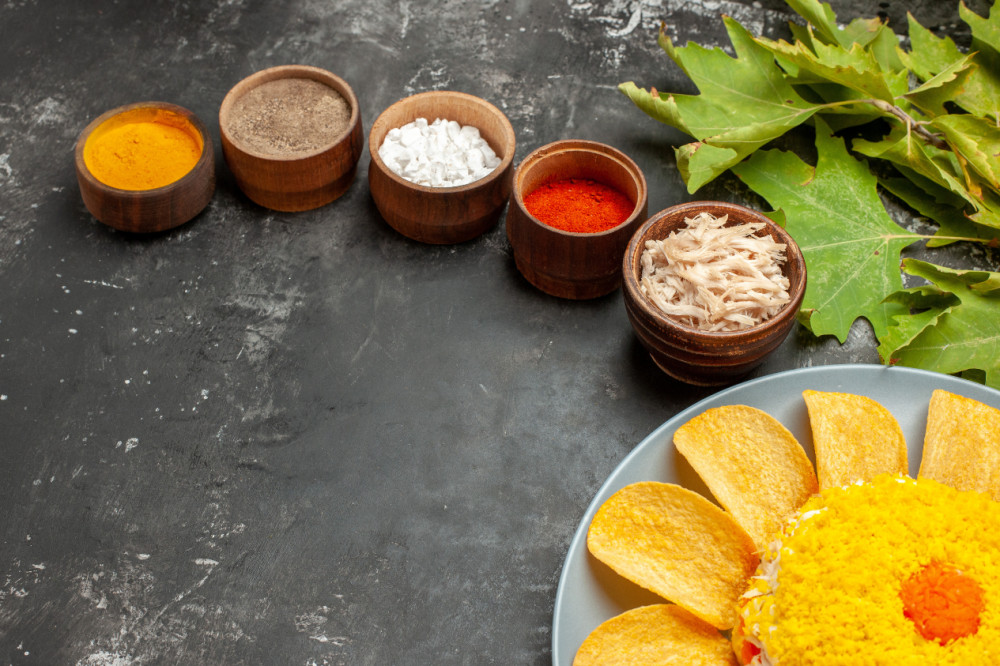
how momos travelled to India
If we were asked to describe momos in one sentence, the first words that come to our mind are - satisfying, homely, comfort and delicious! These yummy bite-sized delectables can turn your day around. Travelling from different places, you can find endless flavours and shapes to this dish! But do you know how momos originated and travelled to India?
The origin of the momo is thought to be from Tibet. It has been noted that when the Chinese attacked the region in 1959, the exiled Tibetans settled in various parts of India, including Dharamshala, Sikkim, Ladakh, Darjeeling, Kolkata, Delhi as well as many other metropolitan cities. These Tibetans brought their culinary tradition to mainland India and went on to introduce their native dishes like the Momo, Thukpa, Chexo, Laping, and others among Indians. However, the momo, probably because of its simplicity and low cost, became more popular than any of the others.
Now we have variants in each part of India- Momos from North East, North India, South and more!
Momos from the NortheastShillong is one place where it’s easy to get some of the most delicious dumplings as compared to the other states. Expect meaty fillings in creamy, light shells with spicy chutney to go with it. Perhaps it is only among Arunachal Pradesh's Monpa and Sherdukpa tribes, who live in the West Kameng and Tawang districts and share a border with Tibet, where momos are a part of their diets. Their version is usually stuffed with minced pork and mustard leaves or other green vegetables and served with chilli paste. How momos are received in Sikkim is quite another story. Across the communities: Bhutias, Lepchas and Nepalis, it is comfort food that is very much a part of their diet. Their aluminium momo steamer is always in use. The dumpling you get in Sikkim is a close cousin of the Tibetan momo.
Now we have over 100 to 1500 varieties of momos including festivals and restaurants dedicated entirely to momos themselves! Alas, Momos have come a long way and found a new home!
Related Blogs

World Food India 2025: Innovations and Trends Shaping the Future of Indian Cuisi
72 Views

Navratri Leftover Recipes: Creative Ways to Use Fasting Ingredients
69 Views

Navratri 2025: Vegan and Gluten-Free Fasting Recipes
113 Views

Navratri Special: 10 Regional Indian Sweets You Can Make at Home
98 Views
.png)
90s Nostalgia Food Comeback: Retro Recipes That Are Going Viral in 2025
104 Views